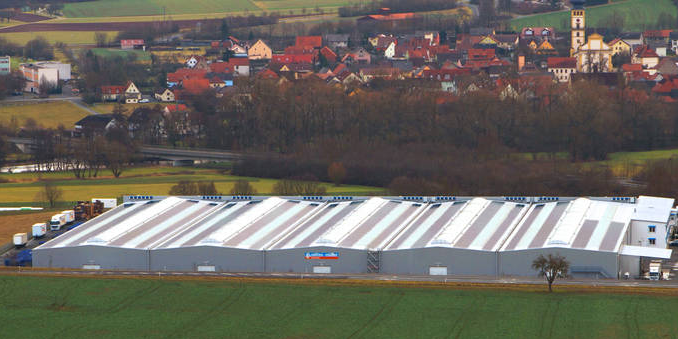Germany’s Belectric held the top spot for the second consecutive year, putting up nearly 400MW of PV capacity around the world in 2011, according to new figures published by IMS Research.
Belectric – known as Beck Energy until early 2011 – builds and sells ground-mounted and some large rooftop PV systems, and has more than 2,000 employees worldwide.
In addition to its massive project planning division, the company makes a number of balance-of-system components in-house. However, it sources its modules and inverters from the market, and has thus benefited from the ongoing price declines of PV kit.
Belectric recently commissioned a 70MW array in Brandenburg using First Solar modules and SMA inverters, and Germany still represents its core market. But with Berlin moving to gut the incentives for ground-mounted solar projects, Belectric has effectively diversified its project pipeline – more than 70% of which now lies outside Germany.
In March Belectric formed a joint venture with Japanese thin-film manufacturer Solar Frontier, known as CISystems, with an official telling Recharge the new company intends to establish a strong presence in Japan, Saudi Arabia, Israel, South Africa, and other key emerging markets.
Yet while Belectric’s annual installations held roughly steady from 2010, a handful of Chinese system integrators surged up the rankings, with China Power Investment Company (CPIC) only narrowly missing the top global slot.
CPIC, one of the five largest state-owned power utilities in China, put up 380MW of PV capacity last year, and is likely to become the world’s largest system integrator in the near future.
The roll-call of Chinese companies that made the list, however, reflects the vast differences between the state-dominated Chinese market and other core demand centres such as Europe and the US.
While a number of Western pure-play renewables developers made the cut – including Germany’s Juwi (sixth spot) and Belgium’s Enfinity (twelfth) – all the Chinese companies to do so are part of larger state-controlled utilities.
Among the other Chinese players on the list is CGN Solar Energy Development, a subsidiary of China Guangdong Nuclear Power Group, which has partnered with GCL-Poly to develop 1GW of PV capacity in Shanxi province.
PV manufacturers also gained ground in the system-integration game, a trend likely to intensify as they look to diversify towards higher-margin enterprises like project development. Following Belectric and CPIC were three US-based manufacturers – First Solar; MEMC-owned SunEdison, which has established a strong footprint in India; and SunPower.
Bankrupt Q-Cells dropped two slots to number eight, while EDF Energies Nouvelles – which recently acquired insolvent French module maker Photowatt – plummeted nine spots to thirteenth.
Although the PV manufacturing business has moved strongly towards consolidation in the past year, the system integration game remains highly fragmented, with the top 30 players accounting for less than one-quarter of global installations.
But IMS analyst Ash Sharma says the system integration sector will also consolidate, “particularly as China, India and the US become more dominant, and their preference for very large installations drives further concentration”.

